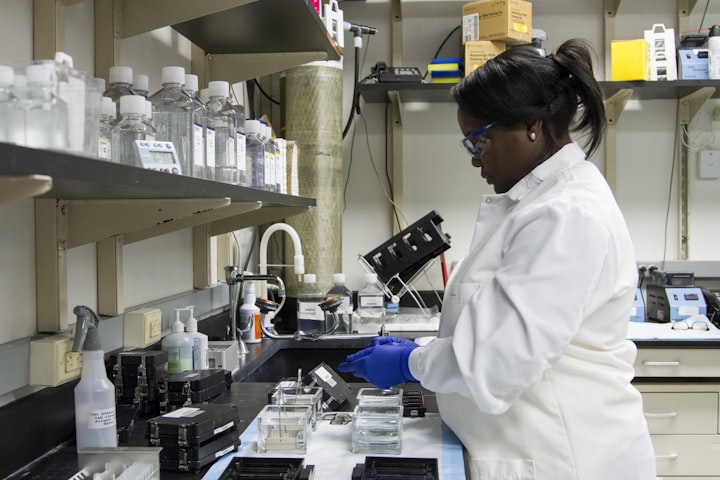
In a fascinating discovery reminiscent of the fictional planet Tatooine from the Star Wars movies, astronomers have recently found a new planet that orbits two stars. Named TOI-1338 c, this gas giant is located approximately 1,300 light-years away from Earth. With a mass about 65 times that of our planet, TOI-1338 c takes 215 days to complete one orbit around its twin stars.
TOI-1338 c is the second planet identified in the TOI-1338 system. The first, TOI-1338 b, is a rocky planet similar in size to Earth, completing its orbit in just 42 days.
The discovery of TOI-1338 c holds significant scientific importance as it marks the first detection of a gas giant in a binary star system. This breakthrough can provide valuable insights into the formation and evolution of planets.
Interestingly, TOI-1338 c might even possess habitable conditions. It resides within the habitable zone, an area around a star where liquid water could exist on the surface of a planet. While it is too early to ascertain its habitability, this finding raises the possibility of TOI-1338 c being capable of supporting life.
The revelation of TOI-1338 c serves as a reminder of the countless wonders awaiting exploration within the vast universe. It also emphasizes the intriguing interplay between science fiction and real scientific discoveries.

The Quest for Habitable Planets
The search for habitable planets is a paramount endeavor in modern astronomy. Scientists are actively engaged in seeking planets that could potentially sustain life.
They focus on identifying planets situated within the habitable zone—a region around a star that permits the existence of liquid water on a planet's surface. Liquid water is an essential prerequisite for life as we understand it. Thus, locating a planet within the habitable zone provides promising indications of its potential habitability.
Additionally, researchers seek planets with the appropriate chemical composition. Life, as we know it, requires specific elements like carbon, hydrogen, oxygen, and nitrogen. The presence of these elements on a planet enhances the likelihood of habitability.
While the quest for habitable planets poses significant challenges, it remains an indispensable pursuit. The discovery of a habitable planet would revolutionize our comprehension of the universe and our place within it.
The Future of the Search for Habitable Planets
The search for habitable planets continues to advance rapidly. Scientists are continually refining their techniques and developing new technologies to detect planets. Upcoming telescopes promise the ability to identify smaller and fainter planets with unprecedented precision.
As technology progresses, the prospect of discovering a habitable planet grows ever more promising. It is plausible that within our lifetimes, we may uncover such a celestial body.

The revelation of a habitable planet would represent a groundbreaking scientific achievement. It would open up exciting possibilities for finding life beyond Earth and revolutionize our understanding of the cosmos.
In conclusion, the recent discovery of TOI-1338 c, a gas giant orbiting two stars, evokes comparisons to the fictional world of Tatooine. This remarkable finding in the TOI-1338 system deepens our understanding of planetary systems and their formation. Additionally, the potential habitability of TOI-1338 c fuels our curiosity about life beyond our own planet. The ongoing quest for habitable planets holds great promise for future scientific breakthroughs that may reshape our perception of the universe we inhabit.
A newborn star's disc of surrounding matter, where mass gradually builds up into planets, is where planets are born. According to a new research, one-third of the planets revolving around red dwarf stars in our galaxy may be in the "habitable zone" and harbour extra-terrestrial life. One of astronomers' top priorities has always been the search for extra-terrestrial life.
According to a recent research, the Milky Way galaxy has hundreds of millions of promising targets for searching for extra-terrestrial life.
About the Creator
Pushsa
My story is a testament to the power of ingenuity, and how we can harness that power to push the boundaries of what is possible. So if you're curious about the fascinating world.





Comments
There are no comments for this story
Be the first to respond and start the conversation.